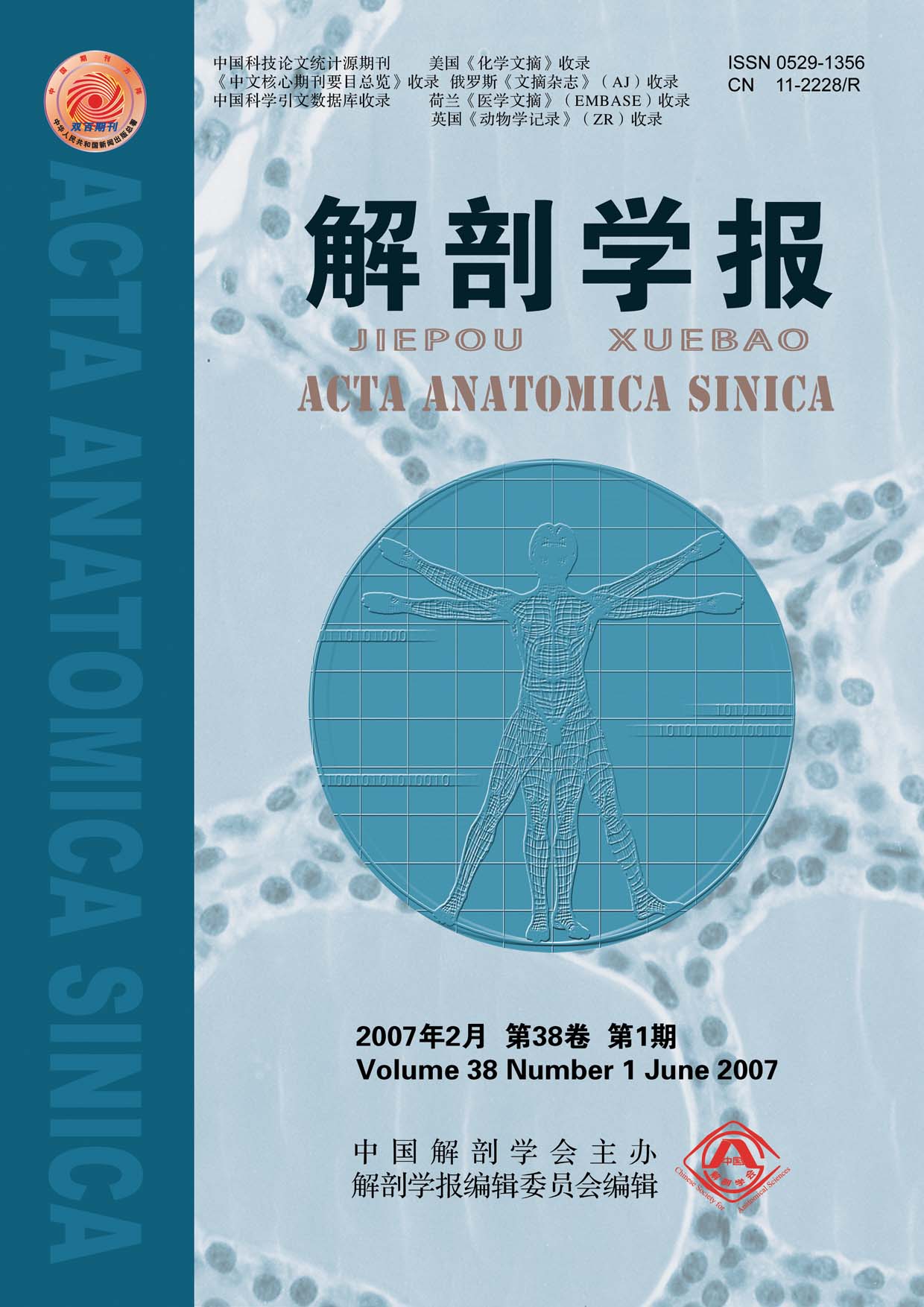Objective To analyze the physical characteristics of Han with Mindong Dialect. Methods Investigation in strict accordance with the methods of Martin,Anthropometric Methods andAnthropomorphic Handbook, eighty-six physical characteristics on 692 adults (151 urban males, 188 rural males, 159 urban females and 194 rural females) of Han with Mindong dialect were investigated in Fujian province. Twenty-six physical indices were calculated and the distributions of indices were done. Comparison with the data of ethnic groups in China, and preliminarily. Results The percentage of eyefold of the upper eyelid was high. The percentage of mongoloid fold was low. Opening height of eyeslits was narrow. External angles were higher than internal angles in direction of eyeslits. The nasal profile was straight. The height of alae nasi was middle-type. The nasal base was upturned. The maximal diameter of nostrils was oblique. The breadth of alae nasi was wide type. The zygomatic projection was tiny. The upper lip skin height was middle type. Thicknesses of lips were mainly thin. Hair color was black and skin color was yellowish. The eye color was brown. Urban males, rural males and urban females were all super middle-sized stature, while rural females were middle-sized stature. According to the mean of headface and body indices, males were brachycephaly, hypsicephalic type, metriocephalic type, leptoprosopy, leptorrhiny, mesatiskelic type, medium chest circumference, narrow distance between iliac crests, long trunk and broad shoulder breadth. In addition, females were mesocephaly, hypsicephalic type, aerocephalic type, hyperleptoprosopy, leptorrhiny, mesatiskelic type, medium chest circumference, narrow distance between iliac crests and middle trunk. And urban females were medium shoulder breadth, while rural females were broad shoulder breadth. Characteristics of head and face of Han with Mindong dialect were affected by North Asian ethnic groups and South Asian ethnic groups, while body indices were close to North Asian ethnic groups. Conclusion The physical characteristics of Mindong Han are relatively close to the North Asian type ethnic groups.


